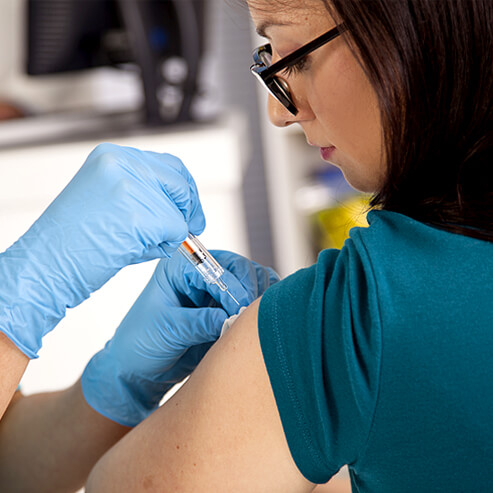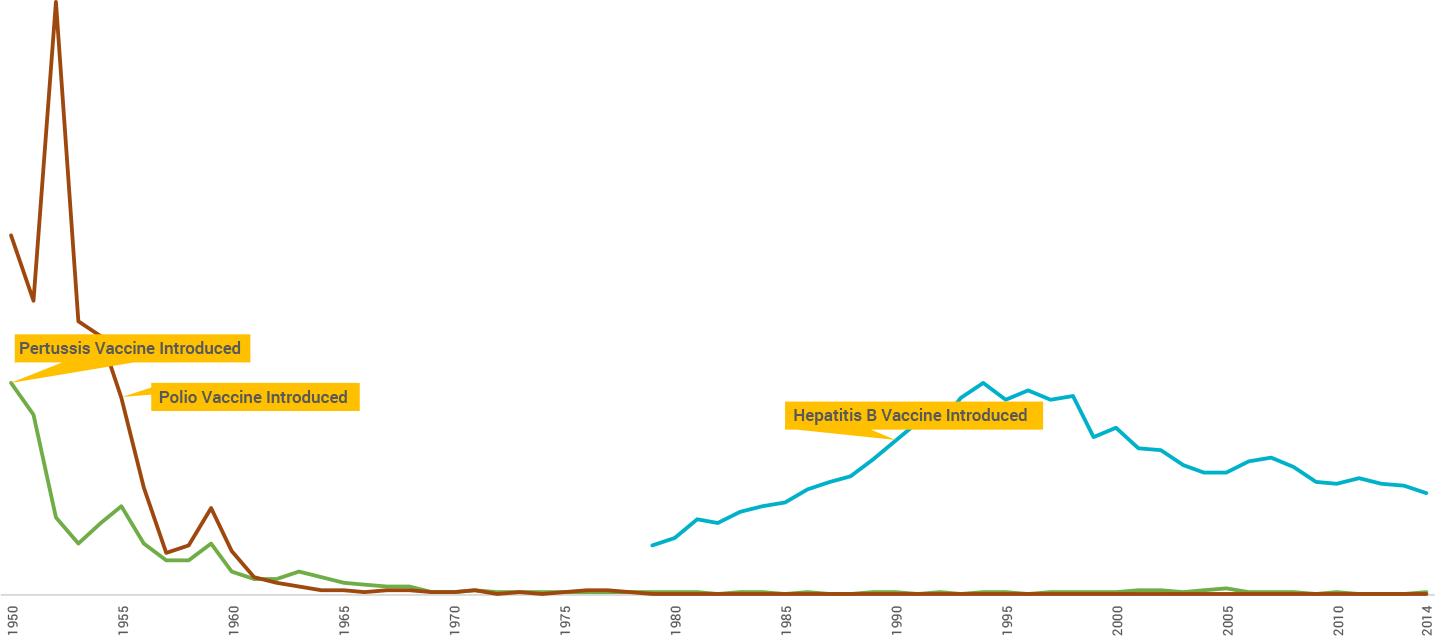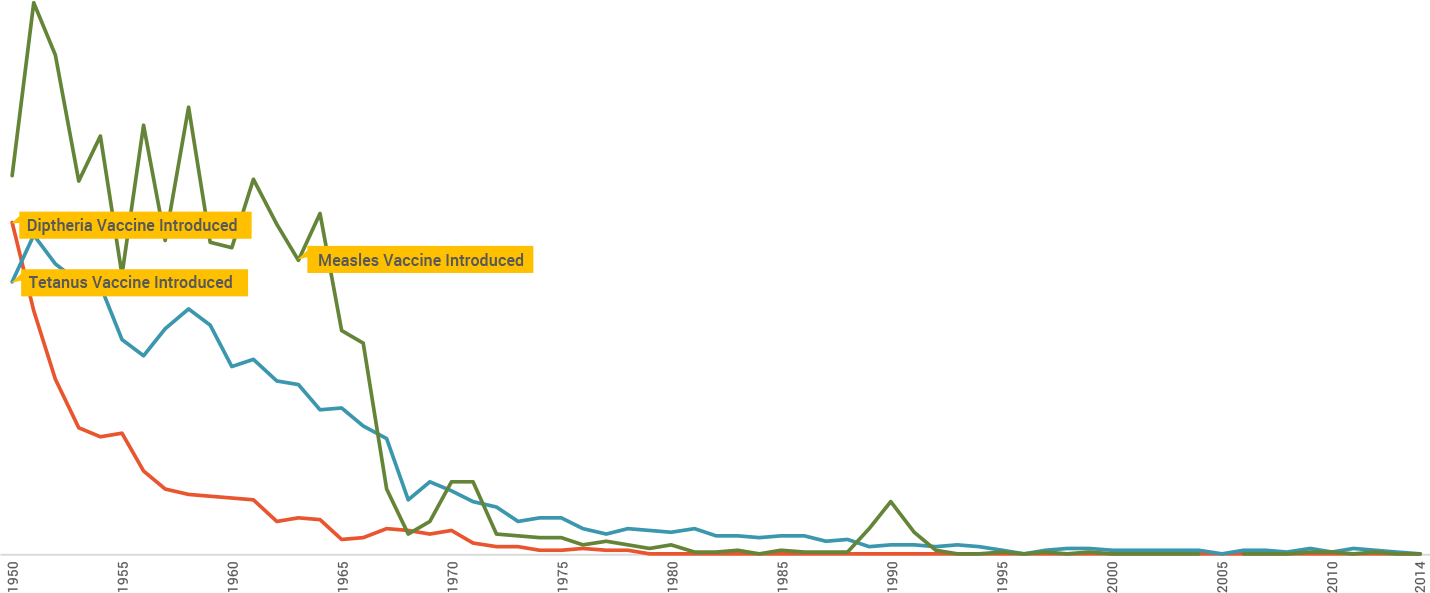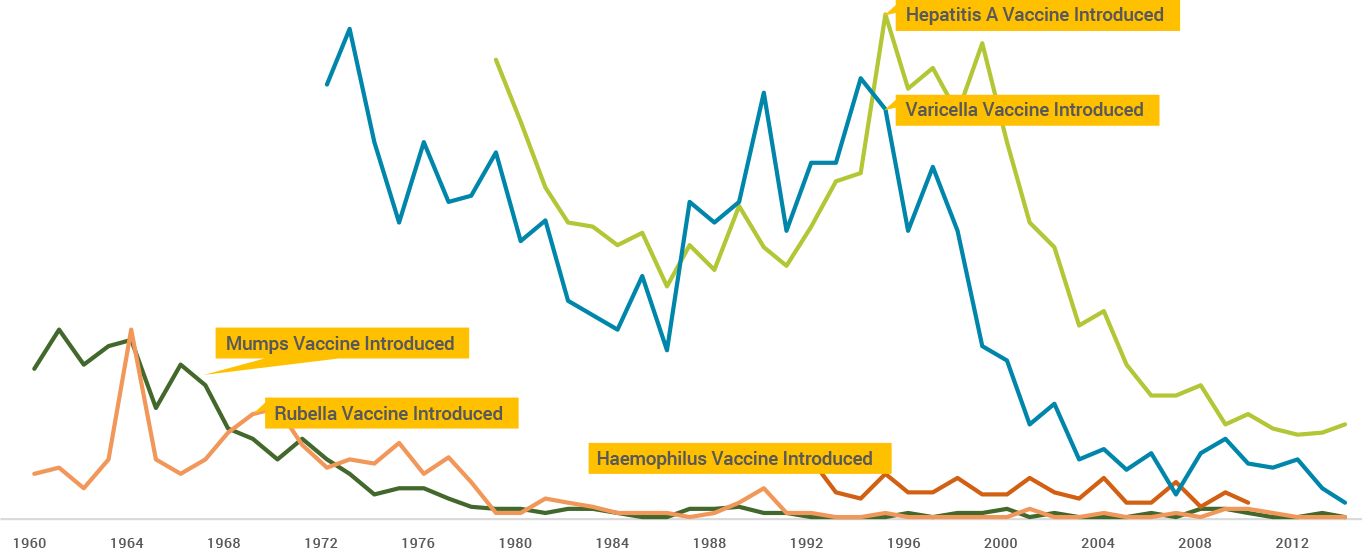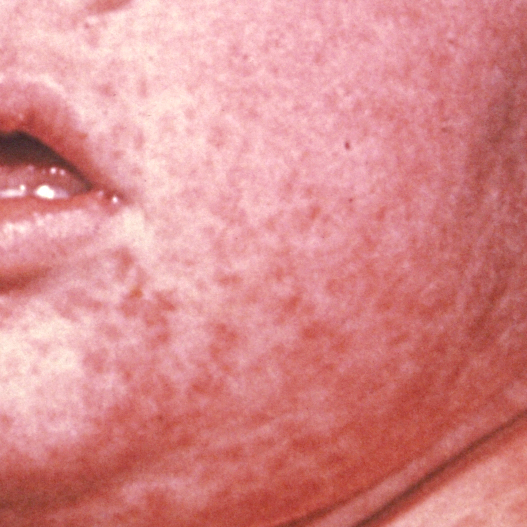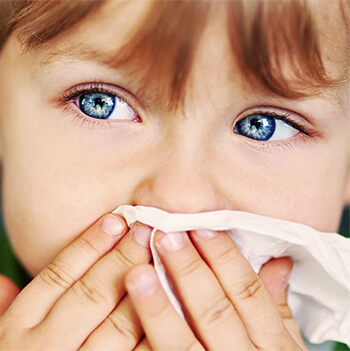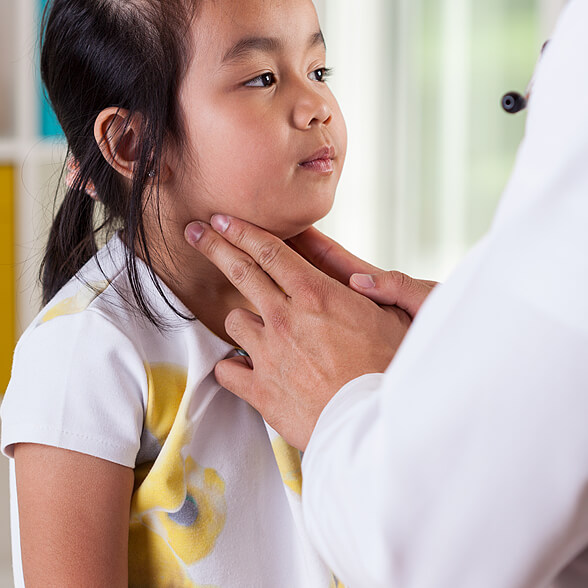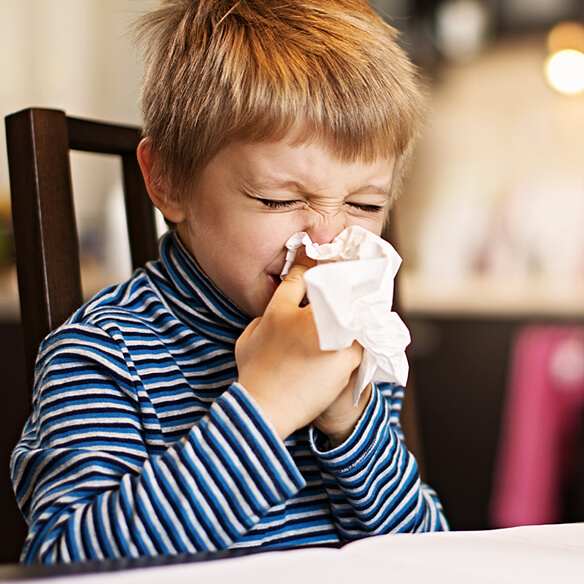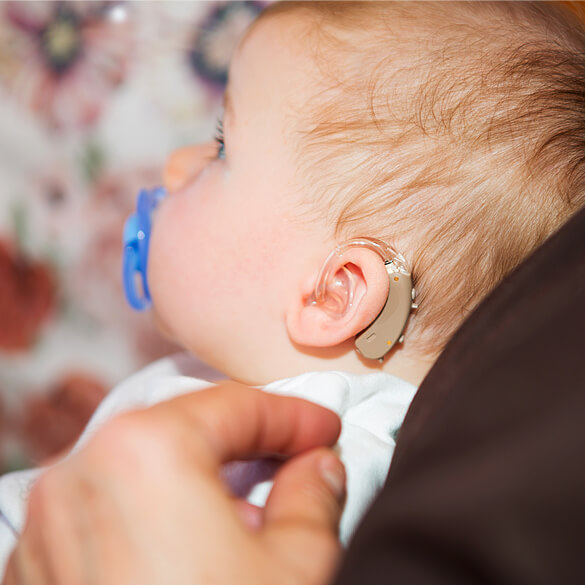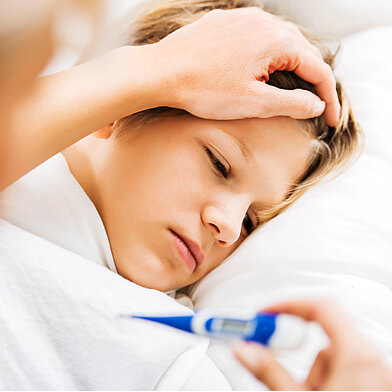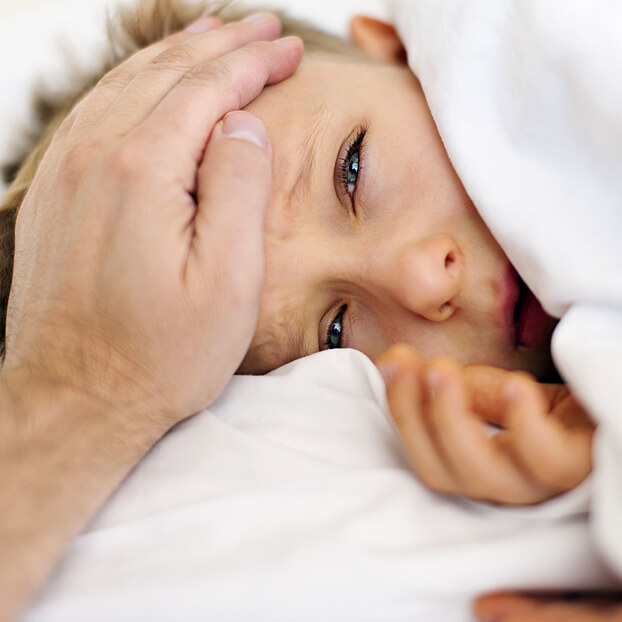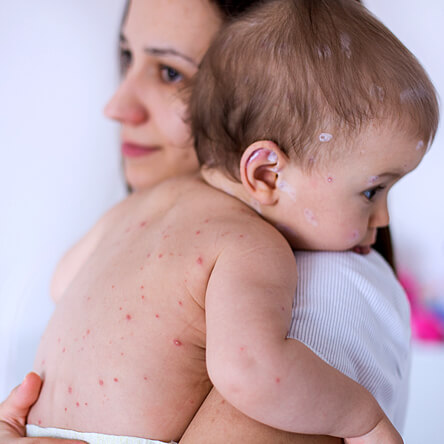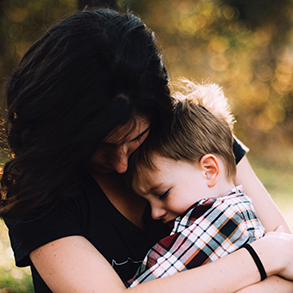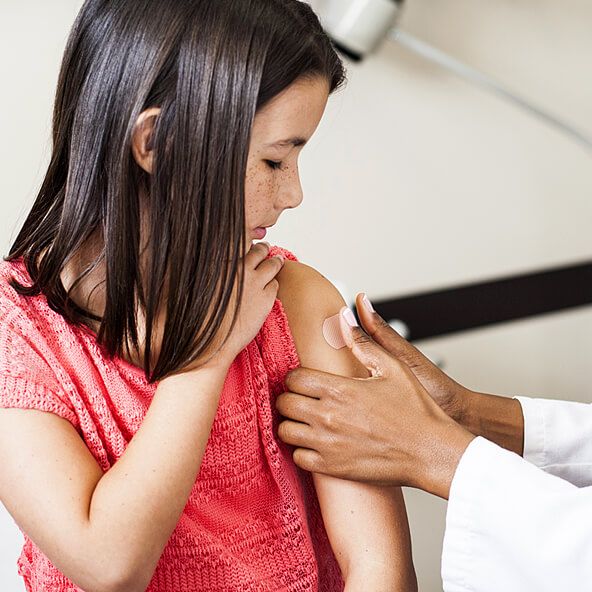t
Get Started
Up next: Vaccine side effects
Up next: Vaccines are safe
Up next: information about vaccine-preventable diseases in the u.s.
Up next: Community immunity
Up next: Learn about preventable diseases
Up next: Symptoms of Measles
Up next: Mumps
Up next: How mumps is spread
Up next: Rubella
Up next: The biggest dangers of rubella
Up next: Polio
Up next: The symptoms of polio
Up next: Hepatitis A and B
Up next: Diphtheria
Up next: Pertussis (whooping cough)
Up next: How pertussis is spread
up next: tetanus (lockjaw)
Up Next: how people usually catch tetanus
Up next: Varicella (chickenpox)
Up next: Meningitis
Up next: Your responsibilities during an outbreak
Up next: How long your child will need to stay home
Up next: Prepare for an outbreak
Up next: Protect your child with vaccinations
Up next: A Quiz
Complete training & Submit ►



